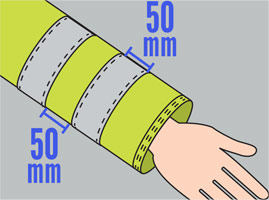
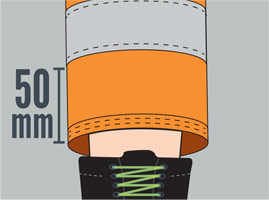
Reflective tape must be at least 50mm wide. Bands of reflective tape must be positioned at least 50mm apart.
Reflective tape must be positioned 50mm or more from the end of sleeve or leg.
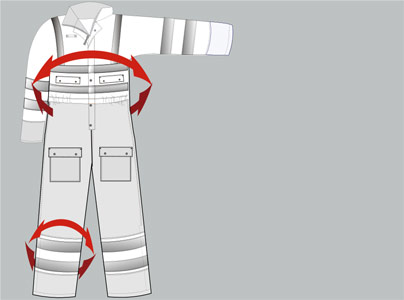
Reflective tape must encircle torso and/or limbs to be included in the calculation of the necessary square area of reflective tape. A gap (for fastening system or seam) in the band of reflective tape must be 50mm or less. The total amount of such gaps in every band must not exceed 100mm around the torso and 50mm around the sleeves and legs.
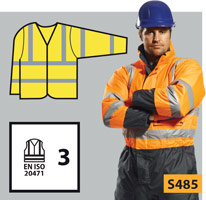
Highest level of protection - required for any persons working on or near motorways, dual-carriage ways or airports. Must incorporate a minimum of 0.80m2 of background material and 0.20m2 of retroreflective materials. (4 metres of 5cm wide reflective tape)
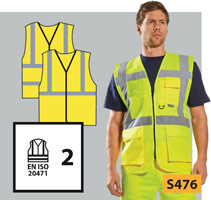
Required for any persons working on or near A and B class roads, also for delivery drivers. Must incorporate a minimum of 0.50m2 of background material and 0.13m2 of retro-reflective material. (2.60 metres of 5cm wide reflective tape)
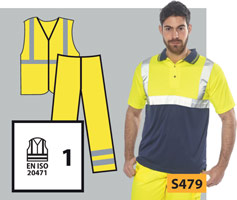
Minimum level of protection required for any persons working on a private road or to be used in conjunction with a higher classed garment. Must incorporate a minimum of 0.14m2 of background material and 0.10m2 of retroreflective material. (2 metres of 5cm wide reflective tape)
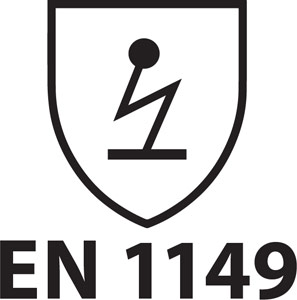
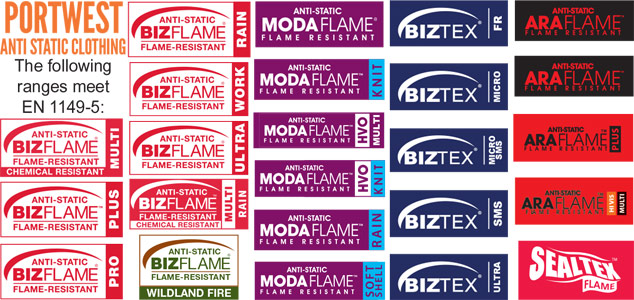
This European standard is part of a series of standards for test methods and requirements for electrostatic properties of protective clothing.
The standard specifies material and design requirements for garments used as part of a total earthed system, to avoid incendiary discharges.
The requirements may not be sufficient in oxygen enriched flammable atmospheres.
This European Standard is not applicable for specifying protection against main voltages.
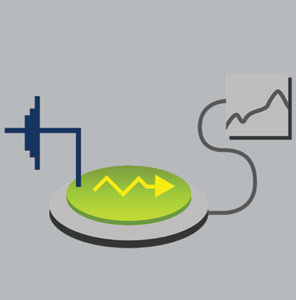
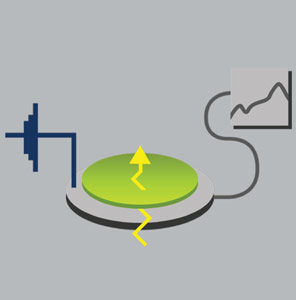
Test method for measurement of surface resistivity. Surface resistance measures the conductivity between two points on the surface of a fabric. The lower the resistance the higher the conductivity, resulting in charge going to earth.
Test method for measurement of the electrical resistance through a material (vertical resistance). This is the level of conductivity when measured through the depth of a fabric.
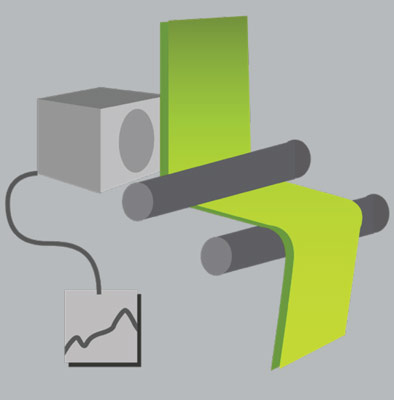
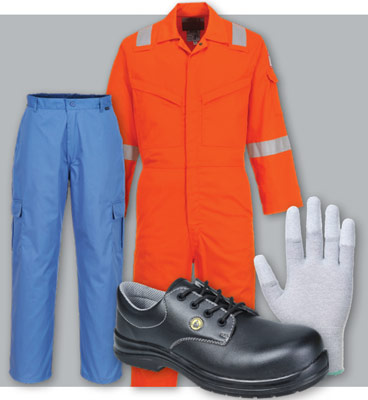
Test methods for measurement of charge decay. Charge decay measures how long it takes for an electric current to dissipate. The quicker it dissipates the higher the anti-static properties of the garment.
Please note the EN 1149-4 Garment Test is under development.
EN 1149-5 specifies the performance and design requirements to avoid static discharge for all electrostatic dissipative protective clothing as part of an entire earthed system, shoes, clothing & floor. The material meets the requirements.
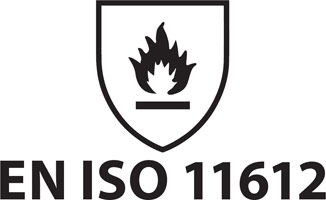
EN ISO 11612 is the standard for protective clothing which protects against heat and flame. Users for these garments include those who work in oil & gas, welding & allied processes, mining, petroleum and many other industries.
There are a host of specific tests conducted as part of EN ISO 11612, including tests for: Flame Spread, Tensile Strength, Tear Resistance, and Heat Resistance.
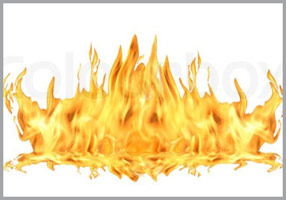
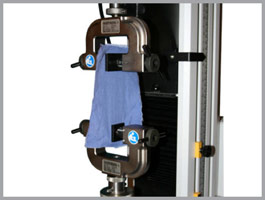
Flame Spread Test:
A flame is held against the fabric for ten seconds. After it is removed the fabric should not continue to burn. There should be no hole formation, melting or molten debris.
Tensile Strength Test:
The fabric must be able to withstand a minimum force of 300 newtons while being stretched or grabbed.

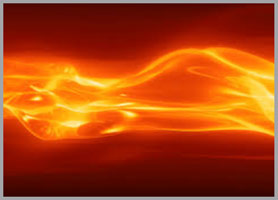
Tear Resistance Test:
The fabric must be able to withstand a minimum force of 10 newtons before it will tear.
Heat Resistance Test:
The fabric is placed in an oven at 180oC and must not ignite melt or shrink within the first 5 minutes in order to comply with the standard.
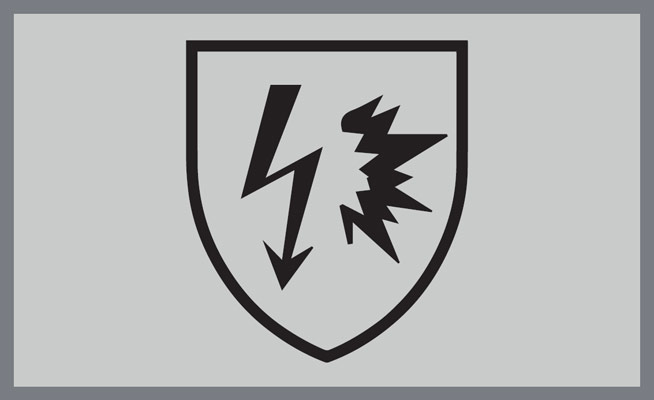
This standard investigates the fabric and garment's ability to protect against the thermal effects of an electric arc. This can be done via two test methods: 1. IEC 61482-1-1 (Open Arc Test Method) and 2. IEC 61482-1-2 (Box Test Method).
An electric arc is an intense flash of electricity which can result in numerous injuries.
Garments can be layered to achieve a better Cal rating. For example, a thermal layer may achieve an Ebt of 4.3 Cal/cm2, and an outer coverall may achieve an ATPV of 13.6 Cal/cm2. However, the combination ATPV/Ebt ratings will be greater than the sum of the two single layers, as the air gap between the two layers affords the wearer additional protection.
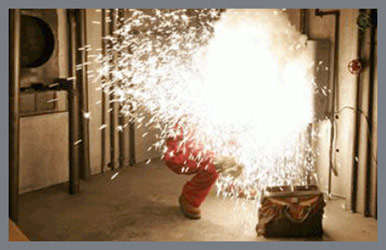
This test method aims to establish an ELIM (Incident Energy Limit) and an ATPV rating of a fabric and/or garment. These values, expresses as cal/cm², are the highest incident thermal energy to which the garment can be exposed without the wearer getting a second degree burn or the formation of holes in the fabric. The higher the cal rating of the garment or fabric, then the greater the protection for the wearer.
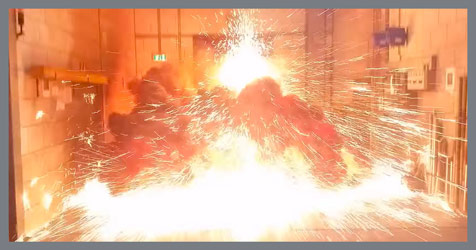
This test method aims to establish an APC1 or an APC2 rating of a fabric and/or garment (APC=Arc Protection Class). Test conditions for APC1 & APC2 try to simulate typical exposure conditions for a short circuit current of 4kA and 7kA respectively.
A single layer garment in most cases will pass APC1. For APC2, a thicker fabric or multi layer system is required.
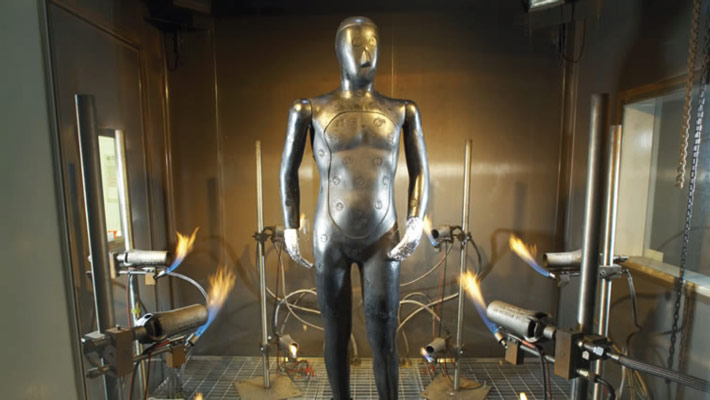
Portwest has 17 items (Coveralls: FR50, FF50, FR60, FR28, FR21, FR22, AF22, AF53, AF73 & BIZ1) and (Ensembles: FR55/FR56, FR55/FR57, FR25/FR26, FR25/FR27, FR61/FR62, FR61/FR63 & BIZ2/BIZ30) tested to ISO 13506.
This optional test evaluates how garments will perform during a flash fire situation. The test gives a very accurate representation of the level of burn injury sustained by the wearer should they become engulfed in flames. A life size, heat sensing manikin is used to produce a body map which uses colour coding to indicate predicted body burn.
The manikin consists of over 100 temperature sensors positioned just beneath the surface on the body, arms, legs and head. The purpose of the sensors are to measure the variation in temperature on the manikin surface after exposure to flame.

In order to replicate a real life situation, the manikin is fitted with both undergarments and the garments to be tested. The manikin is then exposed to total flame engulfment for four seconds. Flames are provided by a system of propane burners surrounding the manikin.
Heat energy absorbed by the sensors is recorded, with data normally collected for up to 120 seconds after the burn. A report is then produced showing a "body map" indicating predicted body burn of either no burns, first, second, or third degree burns and where they occurred.
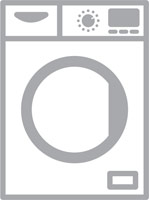
Garments must be laundered according to the manufacturer's instructions; incorrect laundering of flame resistant garments can seriously affect their performance and fit.
The flame resistant finish is retained for the normal life cycle of the garment provided that the care instructions are adhered to.
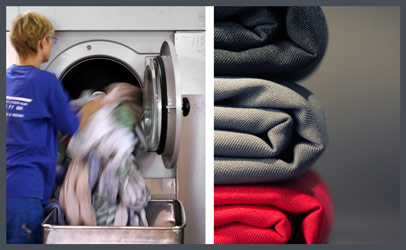
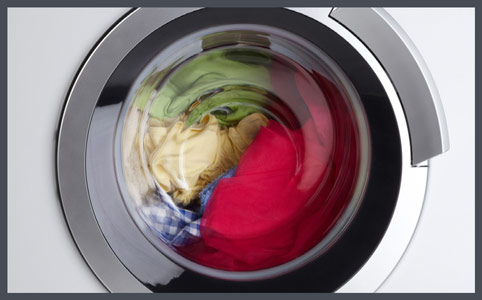
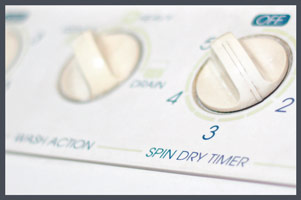

Modaflame™ Work HV is constructed as per Modaflame™ Work but is additionally certified to EN ISO 20471.
Modaflame™ Work is an inherently flame resistant fabric. This special blend combines 60% Modacrylic Fibre with 39% Cotton and 1% Carbon Fibre. Modaflame™ Work is extremely comfortable, hardwearing, and offers full anti static protection.

60% Modacrylic, 35% Cotton, 4% Elastane and 1% Carbon Fibre, Portwest's Modaflame™ Work Stretch fabric features added stretch for ease of movement and greater flexibility.
Modaflame™ Work Stretch is an inherently permanent flame resistant fabric and combines 60% Modacrylic, 35% Cotton, 4% Elastane and 1% Carbon Fibre. Modaflame™ Work Stretch has stretch for ease of movement and greater flexibility, adding to it's comfort, durability and anti-static protection.
Modaflame™ Work Stretch is an inherently permanent flame resistant fabric and combines 60% Modacrylic, 35% Cotton, 4% Elastane and 1% Carbon Fibre. Modaflame™ Work Stretch has stretch for ease of movement and greater flexibility, adding to it's comfort, durability and anti-static protection.
Modaflame™ Work Stretch is an inherently permanent flame resistant fabric and combines 60% Modacrylic, 35% Cotton, 4% Elastane and 1% Carbon Fibre. Modaflame™ Work Stretch has stretch for ease of movement and greater flexibility, adding to it's comfort, durability and anti-static protection.
Modaflame™ Work Stretch is an inherently permanent flame resistant fabric and combines 60% Modacrylic, 35% Cotton, 4% Elastane and 1% Carbon Fibre. Modaflame™ Work Stretch has stretch for ease of movement and greater flexibility, adding to it's comfort, durability and anti-static protection.
Modaflame™ Work Stretch is an inherently permanent flame resistant fabric and combines 60% Modacrylic, 35% Cotton, 4% Elastane and 1% Carbon Fibre. Modaflame™ Work Stretch has stretch for ease of movement and greater flexibility, adding to it's comfort, durability and anti-static protection.
Modaflame™ Work Stretch is an inherently permanent flame resistant fabric and combines 60% Modacrylic, 35% Cotton, 4% Elastane and 1% Carbon Fibre. Modaflame™ Work Stretch has stretch for ease of movement and greater flexibility, adding to it's comfort, durability and anti-static protection.
Modaflame™ Work Stretch is an inherently permanent flame resistant fabric and combines 60% Modacrylic, 35% Cotton, 4% Elastane and 1% Carbon Fibre. Modaflame™ Work Stretch has stretch for ease of movement and greater flexibility, adding to it's comfort, durability and anti-static protection.
Modaflame™ Work Stretch is an inherently permanent flame resistant fabric and combines 60% Modacrylic, 35% Cotton, 4% Elastane and 1% Carbon Fibre. Modaflame™ Work Stretch has stretch for ease of movement and greater flexibility, adding to it's comfort, durability and anti-static protection.
Modaflame™ Work Stretch is an inherently permanent flame resistant fabric and combines 60% Modacrylic, 35% Cotton, 4% Elastane and 1% Carbon Fibre. Modaflame™ Work Stretch has stretch for ease of movement and greater flexibility, adding to it's comfort, durability and anti-static protection.
Modaflame™ Work Stretch is an inherently permanent flame resistant fabric and combines 60% Modacrylic, 35% Cotton, 4% Elastane and 1% Carbon Fibre. Modaflame™ Work Stretch has stretch for ease of movement and greater flexibility, adding to it's comfort, durability and anti-static protection.
Modaflame™ Work Stretch is an inherently permanent flame resistant fabric and combines 60% Modacrylic, 35% Cotton, 4% Elastane and 1% Carbon Fibre. Modaflame™ Work Stretch has stretch for ease of movement and greater flexibility, adding to it's comfort, durability and anti-static protection.
Specifications are subject to change - See Terms & Conditions for more info
Portwest has been independently rated by Ecovadis for its environmental, social, and ethical performance and achieved a silver rating, meaning they are in the top 25% of globally rated companies.
The pillars taken into consideration include the environment, labour practices and human rights, ethics, and sustainable procurement.
This product conforms with essential health and safety requirements as set out in European Directives.
This symbol indicates UKCA marking in progress at time of print. All products placed on the UK market from January 2023 must be UKCA marked.
40+ UPF rated fabric to block 98% of UV rays.
This garment has stretch panelling in key movement areas for greater flexibility.
This product features swing away tool pockets.
This garment features 10 pockets.
This product has incorporated knee pad pockets that have been developed to carry Portwest's range of ergonomically designed knee pads.
This product is a new addition to the range of Portwest products.
Wash at a Maximum Temperature of 60°C using a normal wash cycle
Do not bleach this item
This item can be tumble dried on a low temperature setting
This item can be ironed on a medium temperature setting of up to 150°C
Do not dry clean this item